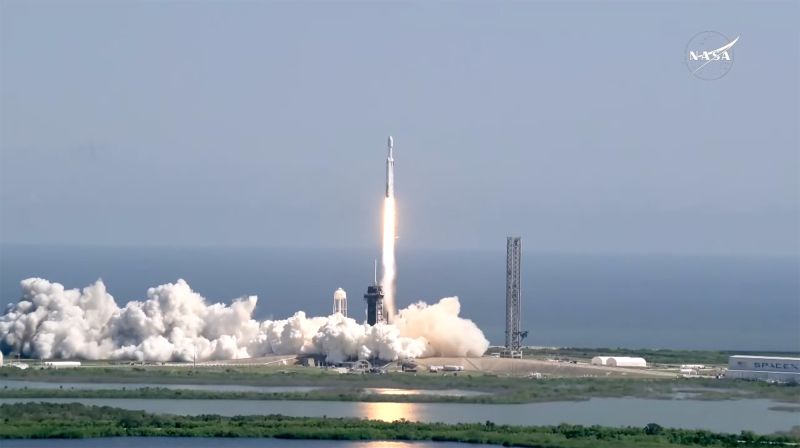NASA Launches Europa Clipper Mission to Explore Jupiter’s Ocean Moon
NASA’s Europa Clipper spacecraft, the largest ever built for a planetary mission, is set to launch on October 14, 2024, aboard a SpaceX Falcon Heavy rocket from the Kennedy Space Center in Florida. The mission aims to explore Jupiter’s icy moon Europa, which is believed to harbor a subsurface ocean and potentially habitable environment.
The spacecraft will travel 1.8 billion miles over five and a half years to reach Jupiter, where it will conduct 49 close flybys of Europa to gather data on the moon’s composition, internal structure, and geological features. The mission will also use advanced instruments, including the Radar for Europa Assessment and Sounding: Ocean to Near-surface (REASON) instrument developed by The University of Texas at Austin, to image the inside of Europa and search for signs of life.
Europa Clipper is not designed to detect life directly but will analyze the moon’s environment to determine if it currently has the essential elements for life, such as liquid water, the right chemistry, and energy sources. The mission’s findings could significantly advance our understanding of the astrobiological potential of habitable worlds beyond Earth.


